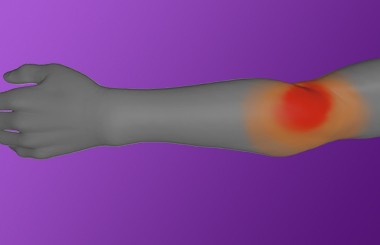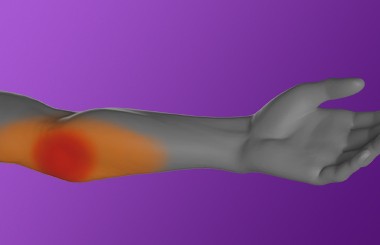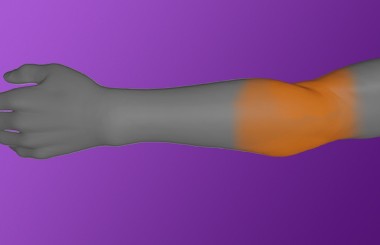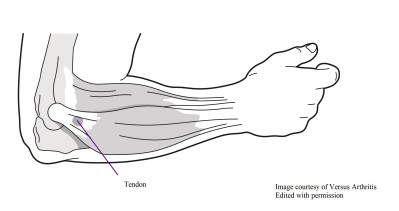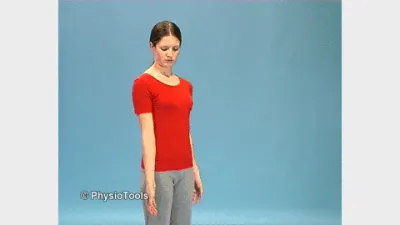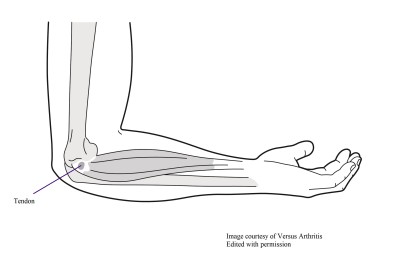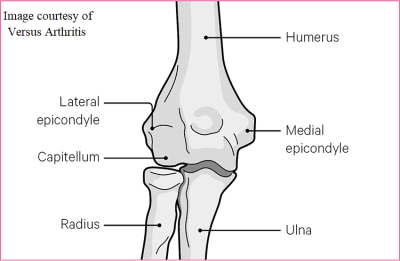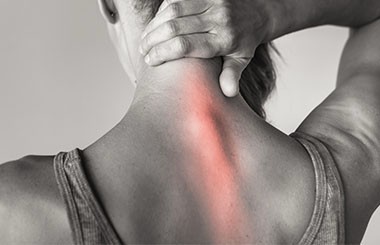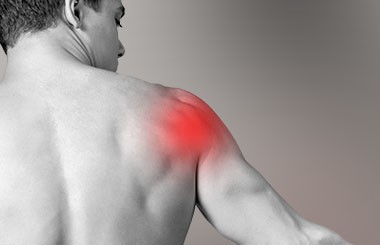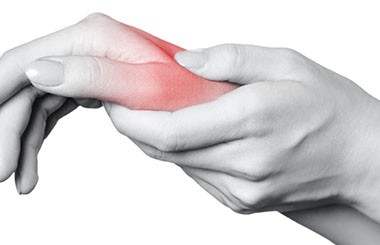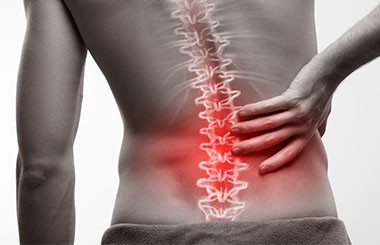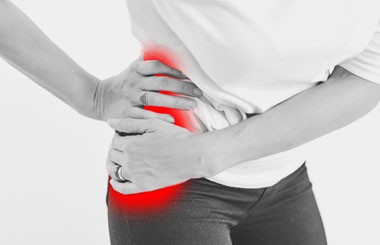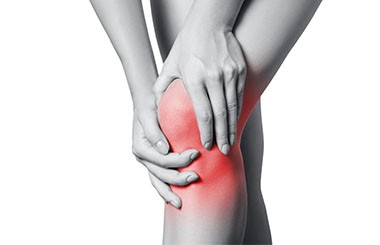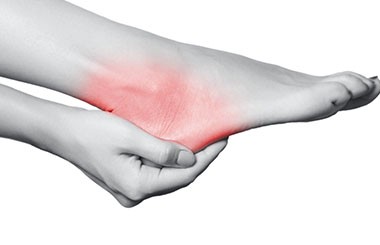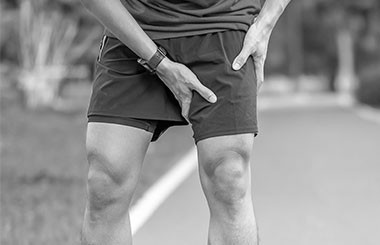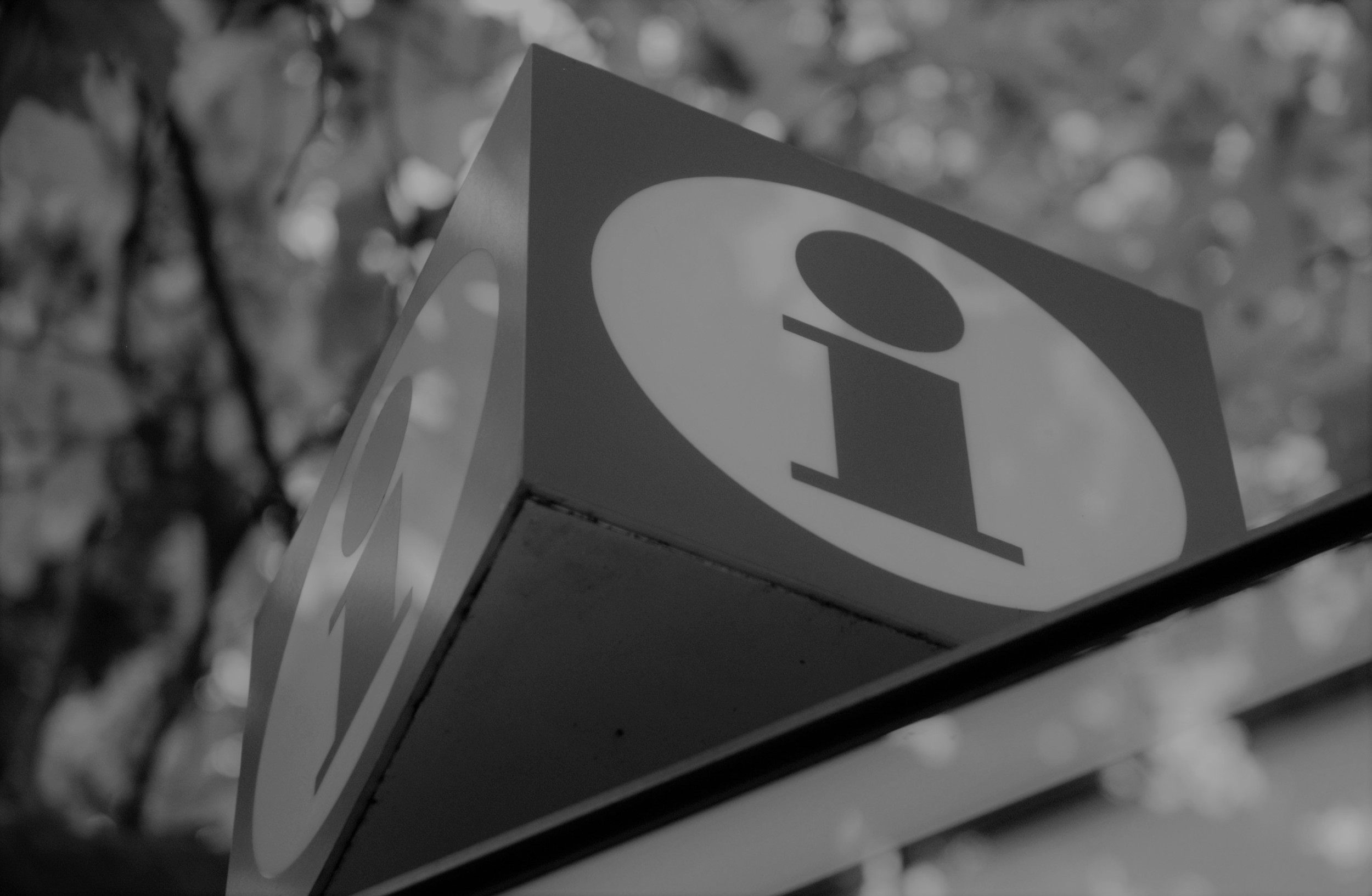What causes it?
Pain in the elbow can arise after an injury (e.g. a fall), or develop with no new injury (e.g. a flare of arthritis). It can affect muscles, tendons, ligaments, bones, bursa, nerves or other tissues in the elbow joints.
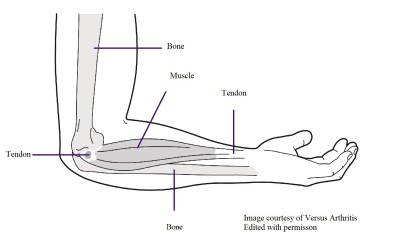
You should see your doctor if you:
- Have pain that doesn’t show any signs of improvement, within a couple of weeks of self help
- Have pain that has rapidly deteriorated or suddenly worsened despite self help
- Have a history of inflammatory arthritis, immuno-suppression, cancer, Tuberculosis (TB), drug abuse, AIDS or other infection
- Feel unwell, have a fever, or unexplained weight loss
- Are experiencing significant and regular changes to your usual sleeping pattern
- Have a swollen, locked or stuck elbow that is affecting your movement
- Have severe pain after trauma, such as a fall, collision, or impact to the elbow or arm
- Have significant tingling, numbness and /or weakness in the arms or hands
- Have noticed a loss of grip strength, noticed you are dropping things, struggle with buttons or zips, or have muscle wastage in the hand
- Have a history of recent injury (e.g. from a road traffic accident or a fall) or a history of arm, hand or wrist surgery
- Have a new and visible deformed or misshapen elbow
If you do not have any of the above, you may be able to effectively self manage your condition
- Take pain medication
- Keep active. Find a balance between rest and some activity, try not to overdo things (alter activities that make it worse so they are less painful)
- Using cold treatment, eg. ice packs, or heat treatment, eg. heat packs
